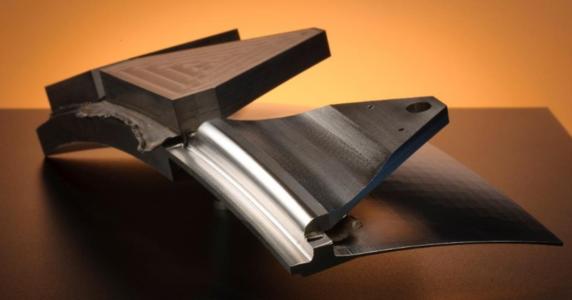Development of Friction Welding Processes to Add External features to Spacecraft and Launchers Systems

To develop Friction Welding processes so that external features such as attachment brackets can be easily welded to constructed frames without distorting or lowering the performance of the construction and with a significantly reduced environmental impact.
During the manufacturing of large structures such as launch vehicles, spacecraft, and propellant storage systems, it is often necessary to add external features such as brackets during the manufacturing process. Depending on the material used for the structure, features such as brackets can be attached using traditional techniques such as TIG welding. However during conventional fusion welding, there is always a danger that distortion can occur, or that the poor weldability of the material can result in a significant loss in mechanical performance or weld integrity. Moreover, fusion welding requires a significant amount of energy, consumables such as a cover gas or flux, produces harmful emissions spatter, ultraviolet light and needs a significant amount of chemical cleaning agents.Recently, there have been significant advances made in the development of friction welding processes, whereby heat is generated through mechanical friction between a moving work piece and a stationary component, with the addition of a lateral force to plastically displace and fuse the materials. There are essentially two types of friction welding process; Rotary Friction Welding (RFW) ? where the moving part rotates, against a stationary part, and Linear Friction Welding ? where the moving part oscillates against a stationary part. Both processes have a significant advantage over traditional welding processes in that the friction welding does not lead to the melting of the material, distortion is very low, and the techniques are environmentally friendly: they produce no spatter, no ultraviolet light and need a significantly reduced amount of energy as well as chemical cleaning agents. No consumables such as a cover gas or flux are used, and no harmful emissions are created during welding. LFW allows no hydrogen take-up, no porosity, and no shrinkage volume change reducing the need for repair and therefore keeping the manufacturing cycle to a minimum. However such processes have not yet been widely adopted by industry, with only limited applications being achieved, such as the manufacturing of BLISKS (Bladed Disk) for aero engines. In this activity the following tasks will be performed:1) A short literature review will be performed to establish the type of external connections which are used on Launchers and Spacecraft systems, together with the current manufacturing methodology.2) The friction welding processes (RFW and LFW) will be developed so that reliable joints can be produced for the identified type of connectors. Weld coupons will be produced and then subjected to a rigorous testing program to establish the performance of the weld.3) The friction welding techniques and material combinations will be compared with equivalent designs joined by conventional techniques including cost, reliability, industrial efficiency and environmental friendliness aspects.
